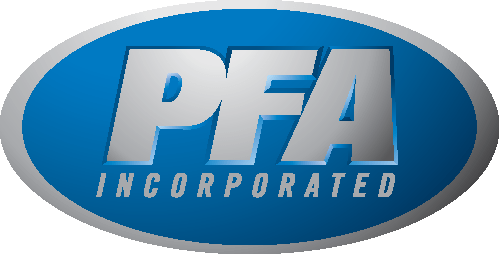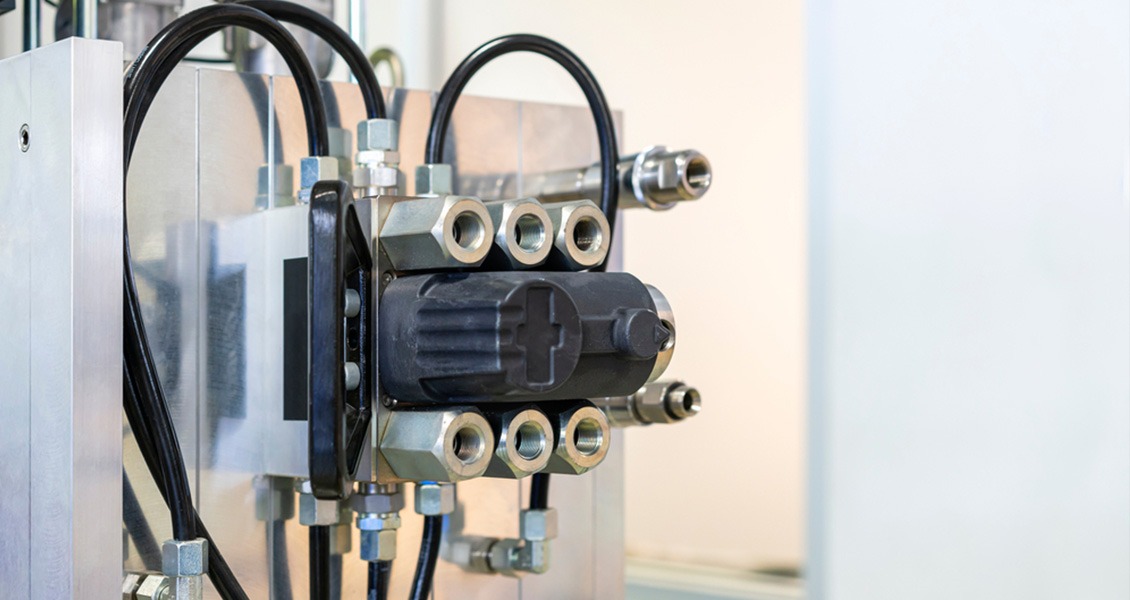I. Introduction
In the world of manufacturing, injection molding stands out as a highly efficient process for creating products in large volumes. Whether you’re producing automotive components or consumer goods, the demand for precision and speed is ever-increasing. However, one aspect that often slows down production is mold change time—a crucial factor that can hamper productivity. Quick Mold Change (QMC) systems have emerged as a transformative solution to this age-old issue, enhancing operational efficiency and allowing manufacturers to respond swiftly to changing demands. In this blog post, we’ll delve into the evolution of QMC systems and explore how they can revolutionize efficiency in injection molding.
II. Understanding Injection Molding
Injection molding is a highly versatile manufacturing process that involves injecting molten material—typically thermoplastic polymers—into a mold to create a wide array of products. The process comprises several steps, including:
- Material Preparation: Material pellets are heated until they melt.
- Injection: The molten material is injected into a mold cavity under high pressure.
- Cooling: The material cools and solidifies into the desired shape.
- Ejection: The molded part is ejected from the mold.
This method is widely used across industries due to its ability to produce complex shapes with high tolerances. However, to maintain productivity, manufacturers must frequently change molds to accommodate different products, leading to a challenging bottleneck.
III. The Need for Quick Mold Change Systems
Traditionally, the mold change process was often time-consuming and labor-intensive. Manufacturers faced several challenges, including:
- Lengthy Changeover Times: Switching molds could take hours or even days, significantly reducing production availability.
- Labor-Intensive Processes: Manual interventions were often required, leading to potential human error.
- Production Downtime: Extended mold changes directly affected output and profitability.
As consumer demands shift rapidly and customization becomes the norm, the necessity for faster production cycles has never been more critical. Quick Mold Change systems address these challenges head-on, ensuring smoother transitions and minimizing downtime.
IV. Historical Overview of Quick Mold Change Systems
- Early Developments
Before the advent of QMC systems, mold changes were primarily manual tasks. Operators had to deal with numerous bolts, hydraulic connections, and adjustments, often requiring specialized skills. This labor-intensive process was not only time-consuming but also prone to errors, leading to increased quality control issues. - The Emergence of QMC Technologies
The late 20th century marked a turning point. Innovations began to emerge, revolutionizing the process:
-
- Automated Systems: Introduced the use of hydraulic clamps and mechanized mold handling equipment.
- Standardization: The adoption of standardized mold designs and interfaces made it easier to switch molds across different machines.
- Reduced Skills Requirements: Advanced technologies allowed less-skilled workers to perform mold changes without extensive training.
- Technological Advancements
In recent years, QMC systems have seen significant advancements, driven by a combination of hydraulic systems, mechanical innovations, and digital technologies:
-
- Enhanced Hydraulic Clamping Systems: Provide reliable and strong locking mechanisms.
- Automated Alignment Technologies: Ensure precise positioning and secure fit every time.
- Digital Monitoring Systems: Incorporate sensors and controls for real-time monitoring of mold changes, ensuring everything is functioning as intended.
Through these developments, QMC systems have transformed how manufacturers approach mold changes, impacting efficiency and productivity substantially.
V. Key Features of Modern Quick Mold Change Systems
Modern QMC systems are designed with advanced features that significantly reduce the time and effort needed for mold changes. Some of the essential components include:
- Hydraulic Clamps: Provide consistent clamping forces to hold molds securely in place.
- Modular Configurations: Allow for flexibility in designing systems that can handle multiple mold sizes and types.
- Automated Alignment Systems: Improve the accuracy of the mold setup, reducing the risk of misalignment.
- Integration with Sensors: Enable automated feedback on the clamping process, ensuring optimal performance.
These features lead to faster changeover times, improved productivity, and higher overall efficiency in the manufacturing process.
VI. Case Studies/Real-World Applications
Many industries have successfully adopted QMC systems, resulting in significant improvements in efficiency and production capabilities. Here are a few examples:
- Automotive Industry:
- A leading automotive manufacturer reduced mold change times from several hours to under 30 minutes.
- This leap not only maximized machine uptime but also improved production flexibility, allowing for smaller batch sizes.
- Consumer Goods:
- A consumer electronics producer reported a 40% increase in output after implementing QMC systems.
- Streamlined processes made it easier to switch between different product designs quickly, meeting consumer trends rapidly.
- Medical Device Manufacturing:
- A medical equipment company improved product quality through consistent mold setup using automated QMC systems.
- Reducing changeover times allowed the company to comply with regulatory standards without slowing down production.
With these positive results, more manufacturers are considering the transition to Quick Mold Change Systems.
VII. Future Trends and Innovations in Quick Mold Change Systems
As technology continues to advance, several emerging trends are shaping the future of QMC systems:
- Artificial Intelligence (AI): Integration of AI technologies will enable predictive maintenance of QMC systems, reducing unforeseen downtime.
- Internet of Things (IoT): By connecting QMC systems to the Internet, manufacturers can monitor mold changes remotely and gather valuable data for optimizing processes.
- Augmented Reality (AR): AR could provide intuitive visual aids during mold changes, guiding operators through the process and reducing errors.
These innovations will likely drive continued evolution in QMC systems, maintaining manufacturers’ competitive advantage in an increasingly demanding marketplace.
VIII. Conclusion
The evolution of Quick Mold Change systems has revolutionized the injection molding process, significantly enhancing efficiency and productivity for manufacturers. By reducing mold change times, these systems have not only minimized downtime but also empowered manufacturers to adapt quickly to changing market demands.
As we look ahead, the potential for further innovations in QMC technology offers exciting opportunities for manufacturers who understand the value of efficiency. Embracing QMC systems today could be a vital step towards achieving greater operational success in the future.
Ready to enhance your injection molding processes? Consider integrating Quick Mold Change systems to stay ahead in this competitive landscape. Your future self—and your production line—will thank you!


